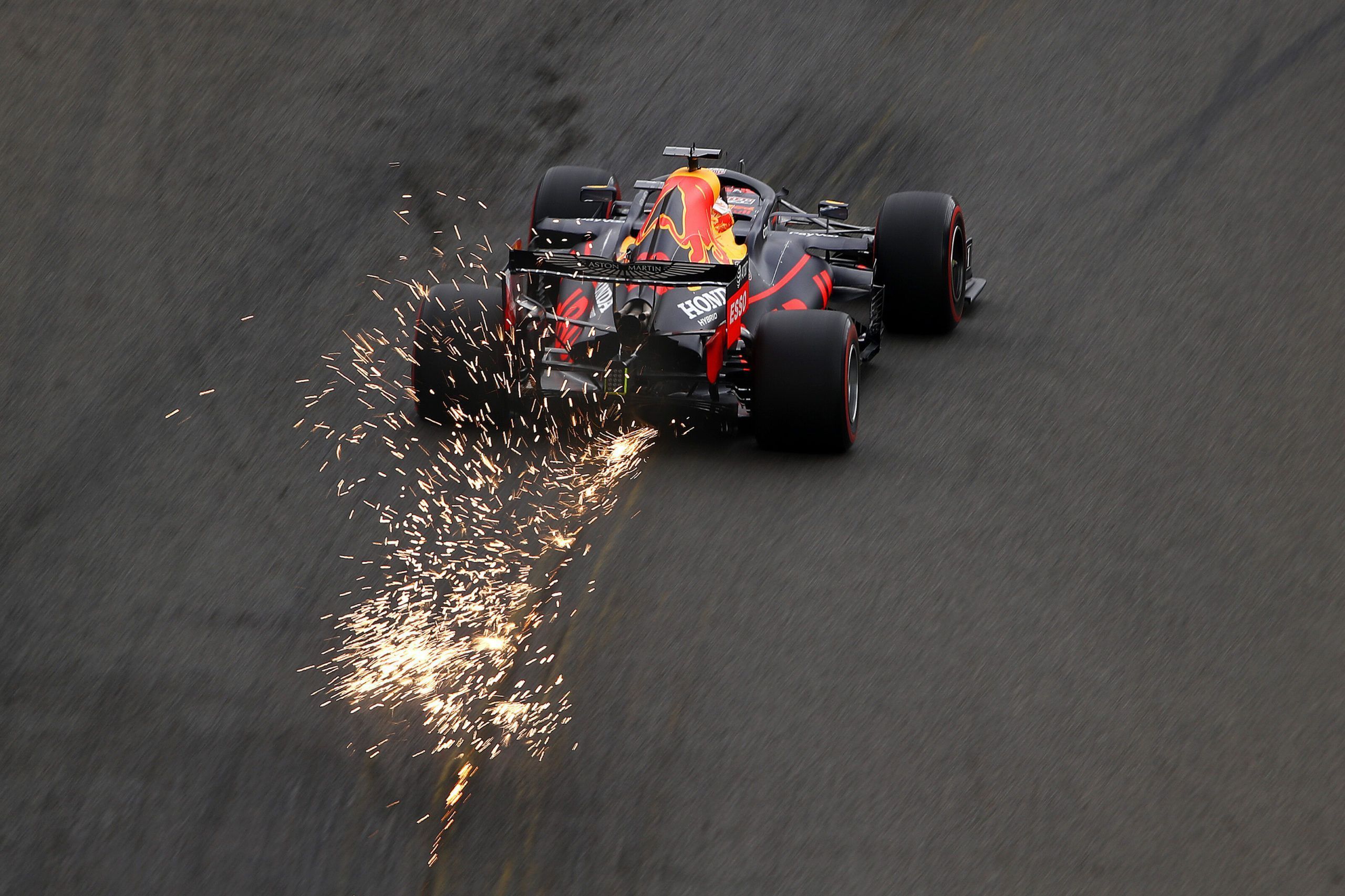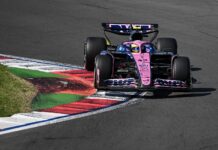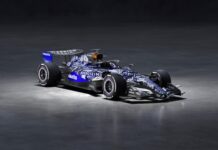The FIA has detailed on the steps taken to lower the downforce of the cars in 2021 F1 season as Toto Wolff has more to talk about Ferrari.
Heading into the delayed 2020 F1 season, Racing Point’s Sergio Perez predicted that lap records were threatened by the current breed of cars, which will have gone through two seasons of direct development, and are evolution of a model first adopted in 2017.
Perez was right. In the Belgian GP weekend alone, two new qualifying lap records were set, and of them, Lewis Hamilton’s time of 1m41.252 in his Mercedes W11 still stands. This is just one example of the many occasions on which the 2020 F1 cars have proved to be the fastest of an era, and some concerns have arisen over the cornering speeds currently being reached by drivers.
The FIA particularly have become uncomfortable with the potential cornering speeds that might be seen in 2021, and to avert any chance of excessive danger, they’ve made the decision to cut downforce for the upcoming season.
Some of the changes being made to the F1 technical regulations include the trimming of a critical element of the floor near the rear tyres, as well as the simplification of that region. However, it has come to light upon the comments of FIA head of Single Seater Technical Matters Tombazis that further steps will be taken to lessen downforce.
For starters, Tombazis explained that the ‘slots’ nearest the edge of the floor will be eliminated, and that winglets attached to the rear brake ducts of the cars will be restricted in size moving forward. The former Benettton designer also explained that new restrictions will be placed on the diffuser fences, which divide the diffuser and keep the airflow linear.
“Basically, we have communicated to the F1 teams a number of options which were considered and hearing the team’s comments, we selected a shortlist of things, which is three different small modifications,” said Tombazis to media including F1 website. “We will eliminate some slots on the side of the car on the edge of the floor; we will make the rear brake duct winglets 40mm narrower; and the diffuser fences that currently are further inboard will be limited to the step plane, and will hence be chopped up by 50mm.”
Tombazis anticipates for a downforce loss of roughly 10%, 4-5% of which is likely to be compensated for in the typical off-season development. “We think that some of these changes [equate to] approximately a total of about 4-5% of the overall downforce the cars have,” he started. “And we of course have made the diagonal trim on the floor edge already from May, and that is obviously in addition to that.
“So in total I think we expect maybe about 10% reduction [of downforce], and teams will be gaining 4-5% through normal development. Clearly, it’s an inexact science because we don’t know how much teams will find in performance… but these are our estimates.”
Pirelli boss Mario Isola had previously challenged the justification of the downforce cuts by the FIA, which were initially explained as steps to ensure that the F1 tyres remain safe to race on, which the Italian argued was not going to be a problem regardless. Tombazis clarified that these steps were not taken with solely tyres in mind, but rather a combination of incompatible, and possibly unsafe developments.
“The car and tyres are a single unit working together,” said Tombazis. “We will have the tyres next year for the third consecutive year, which is an anomaly of course because of the COVID crisis and because the very intense race schedule we have now would have made any testing impractical for new constructions.
“In the meantime, we have the aerodynamics teams of each F1 team working hard to make their cars more competitive and find more downforce – so we have two things that should not go together. So that’s the reason for our intervention and therefore [the cars] will be safer than this year – certainly a lot safer than if we had done no intervention at all.”
Toto Wolff on Ferrari:
The jibes from Wolff on Ferrari continued after further difficulties for the Italian manufacturer. Ever since the FIA deal, the Austrian has been quite vocal about his rival – particularly Mattia Binotto, sometimes directly and sometimes otherwise.
With Spa-Francorchamps exposing further difficulties for Ferrari, especially with its balance act of straightline and cornering speed, Wolff felt bad for the members of the outfit and the fans, while adding that they should question the people for certain decisions taken.
“Ferrari is an iconic brand, and they should be racing at the very front,” said Wolff to media including Racefans.net, Motorsport Network, BBC and more. “It’s not good for F1, it’s not good for the competition at the front. I very much feel with all the tifosi and employees of Ferrari for this lack of performance.
“At the end, one must question the priorities that have been set in recent times, and where the lack of performance comes from. Overall, nobody from the fans and the Ferrari people deserves such a result. I don’t want to speak [more]. Actually, it’s wrong to say Ferrari’s priorities, because that drags Ferrari and everybody at Ferrari into this. It’s maybe… the decisions that have been made within the team, from certain members of the team.”
Here’s what was said after Saturday in F1 Belgian GP
Here’s Mugello allowing fans in
Here’s Toto Wolff on Ferrari deal
Here’s Toto Wolff tired of Mattia Binotto’s comments



















